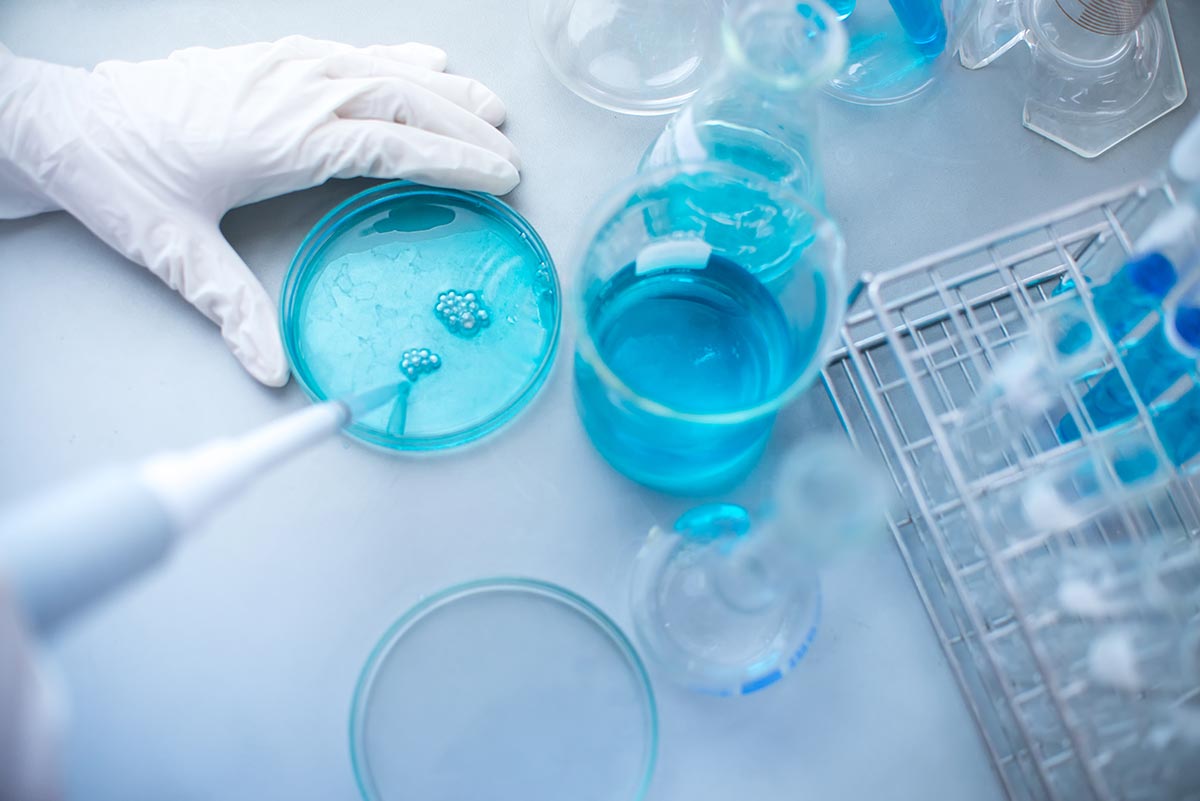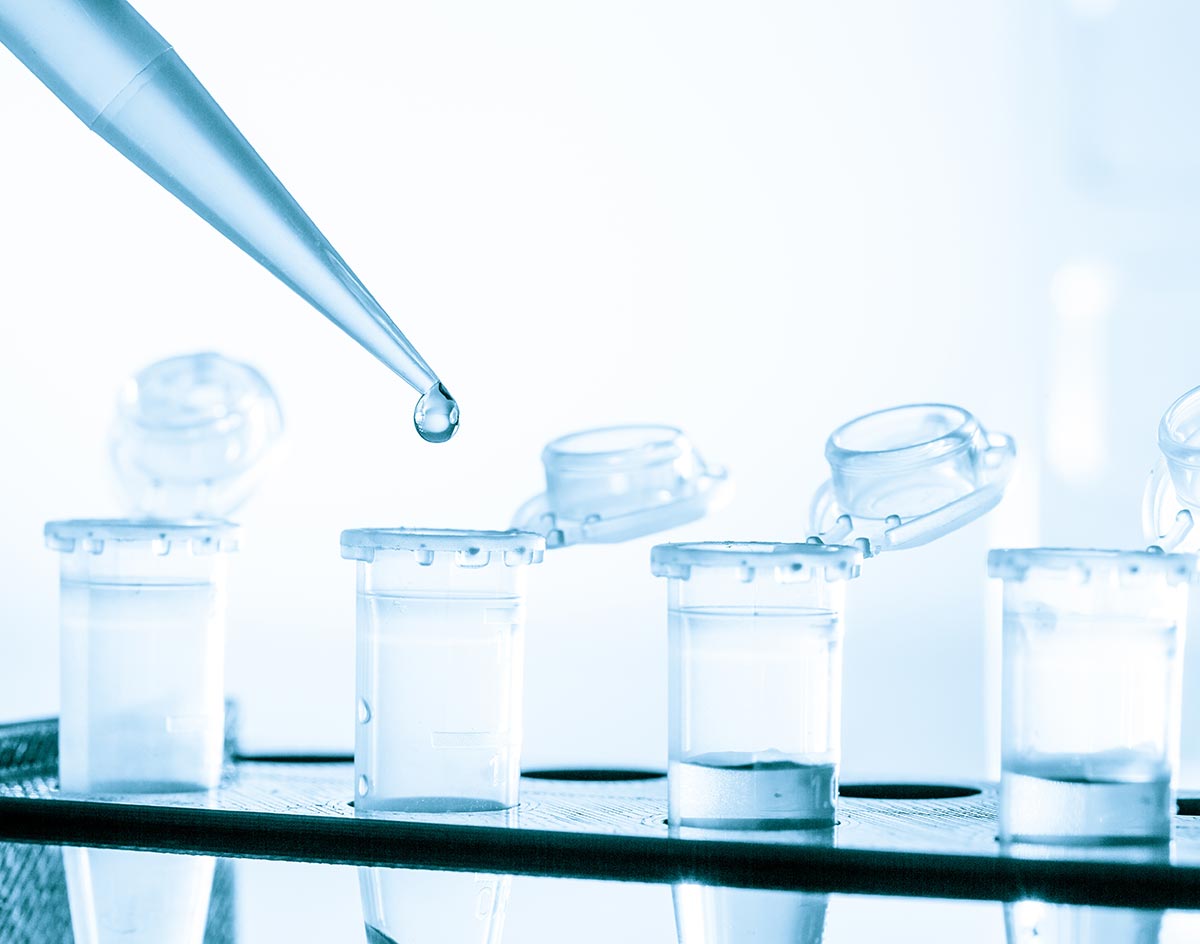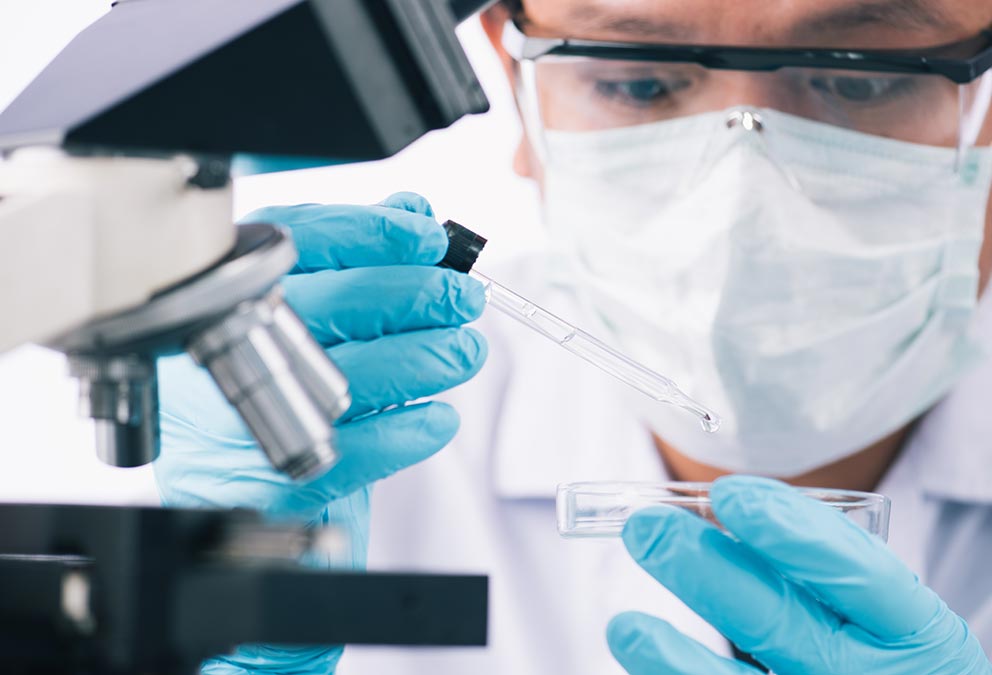DMPK Services
Through collaborations with local and international GLP laboratories, Invitrocue provides services to help clients understand the role that physicochemical properties, drug metabolism, pharmacokinetics and drug-drug interactions play in the safety and efficacy of the drug discovery and development process. We offer both in vitro and in vivo models for lead candidate selection and optimization in the preclinical stage.
In Vitro DMPK (Drug Metabolism and Pharmacokinetics) Services
Physicochemical Profiling
Solubility: Aqueous / Lipophilicity /pH-dependent solubility
Aqueous solubility is one of the key physicochemical properties of new drugs that must be characterized early in the drug development process. Drug solubility and lipophilicity are often used in predicting drug uptake, distribution, and oral bioavailability. A poor drug solubility may result in poor bioavailability, high plasma protein binding, drug precipitation and consequently generate false results.
Chemical stability
The ability of the drug to maintain its physicochemical properties under different environmental conditions, storage periods and formulations is important in new drug development. The extent of drug degradation from a variety of external factors (e.g. aqueous condition, oxidation, temperature, pH, light, drug concentration, formulation, etc) may directly affect the drug’s therapeutic activity.

ADME Profiling
Absorption/Drug Permeability
PAMPA assay: The passive diffusion of a drug across the non-cell based artificial hexadecane membrane can be used to predict human intestinal, skin, kidney and blood-brain barrier permeability.
Caco-2 Permeability assay: A more complex cellular model derived from colon carcinoma cells which express similar morphological and functional properties as human enterocytes. The expression of P-glycoprotein transporters and protease enzymes in Caco-2 cells has been shown to recapitulate the drug absorption and drug efflux properties of the human small intestine.
Distribution: Plasma protein binding, plasma stability
Drug distribution is controlled by a variety of factors, the most important of which is drug plasma protein binding percentage, which predicts the volume of distribution, half-life, organ distribution and clearance of drugs. High plasma protein binding results in slow drug release and poor efficacy, as the free drug in plasma is typically responsible for its pharmacological action.

Metabolism: Metabolic stability & metabolite profiling using liver microsomes (Human, Mouse, Rat, Monkey)
Metabolic stability is one of the “must -do” assays in the early stages of drug discovery. The liver is the major organ involved in routine drug elimination in humans and animals. Liver microsomes are the sub-cellular fractions of hepatocytes which contain Phase I and Phase II metabolizing enzymes, which are widely used as an in vitro model for intrinsic drug clearance and metabolite identification. A drug with poor metabolic stability will be excluded in lead compound selection due to poor in vivo Prolonged exposure of the drug in the body due to slow clearance may lead to unwanted side effects. A balance of metabolic stability and efficacy is always ideal in new drug discovery.
Drug-drug interaction using cell-free assay or 3D hepatocyte model
Cytochrome P450 (CYP450) enzymes and uridine glucuronyl transferases (UGTs) are responsible for most of the drug metabolism in the Co-administration of drugs may lead to inhibition of Phase I & II enzymes and subsequently affect the metabolism and concentration of the drug in plasma. This could potentially lead to unwanted adverse effects or toxicity.
- Phase I CYP Inhibition
- g. CYP 3A4, 1A2, 2B6, 2C8, 2C9, 2C19, 2D6
- Phase I CYP Induction
- g. CYP 3A4, 1A2,
- Phase II UGT Inhibition
- g. UGT1A1, 1A3, 1A4, 1A6, 1A9, 2B7

In Vivo Pharmacokinetic Service (Rodent model)
In the lead-up to clinical trials, in vivo pharmacokinetic studies are mandatory to understand the drug absorption, distribution, metabolism and elimination (ADME) properties in complex biological systems. Although in vitro ADME studies have been well-developed, they are not yet advanced enough to replace in vivo animal studies. Pharmacokinetic/Pharmacodynamic (PK/PD) data provide the basic information for lead candidate selection and optimization in the preclinical stage, as well as determining starting dose and drug regimen design in clinical trials.
With the aid of advanced LC–MS/MS instruments, we are providing these in vivo pharmacokinetic services:
- Fundamental pharmacokinetics
- Bioavailability
- Tissue, organ or brain distribution

